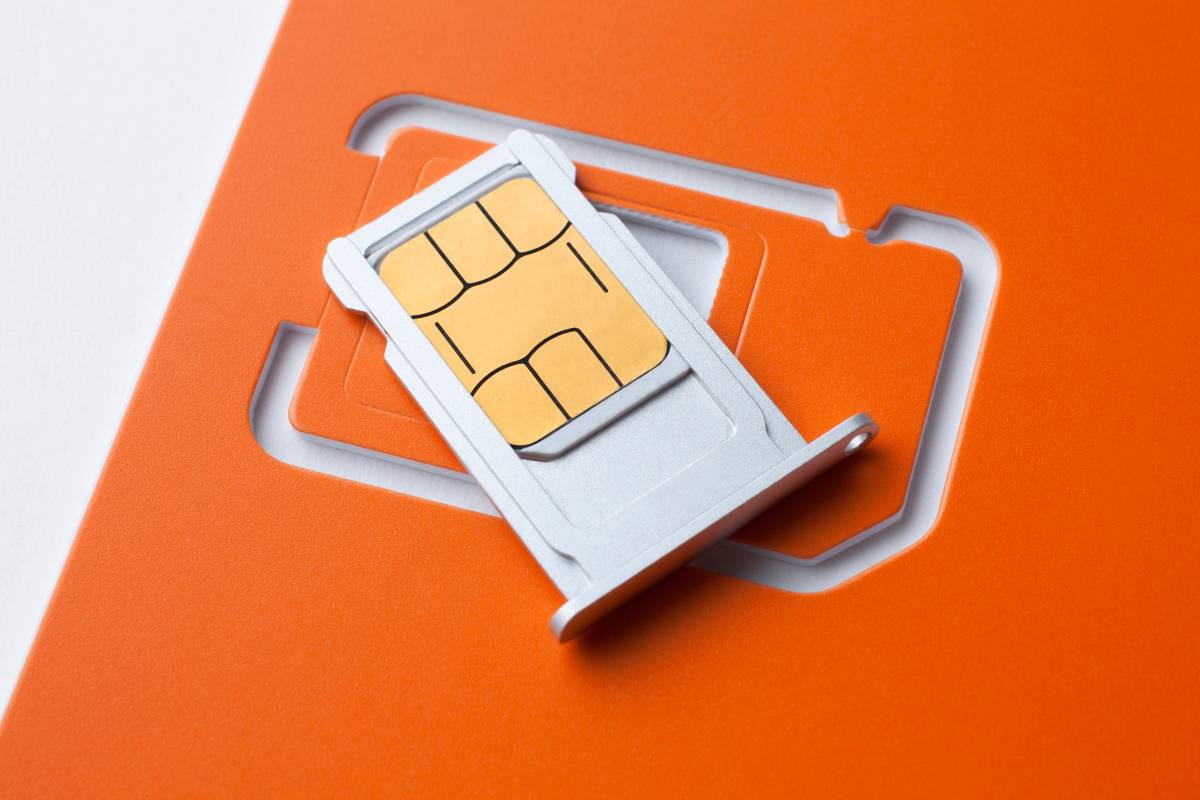SIM shifting often goes unnoticed in the face of the rising risks of phishing, malware, and ransomware attacks. By this, we mean cybercriminals who obtain a clone of your mobile SIM card and use it to bypass two-factor authentication, giving them access to your private financial information. Your SIM card, which can be obtained through impersonation, is the first thing a cybercriminal requires in order for SIM to switch to function. All they need is the victim’s personal information, such as their full name, ID evidence, phone number, etc., to obtain a replica of the victim’s card. If the mobile provider is not attentive to checking the identification of the user to whom the initial SIM card was provided, impersonating the victim can be done quite easily. If safety measures are not implemented while obtaining a new SIM card, it will be very simple for someone who wants to hurt you to do so. Therefore, after obtaining a duplicate SIM, a cybercriminal inserts it into another device. By doing this, they are able to access all the information on the victim’s original SIM card, including call and message history. Even if you believe that only you will have access to the OTP required for a banking transaction or transfer, you are mistaken.
How to Stay Safe from SIM Swapping
- The most crucial thing to remember is to see if your cell signal has been lost. When a second SIM card is added, the victim’s SIM card loses all mobile signal since it can no longer connect to the network and cannot be used to make calls or send text messages.
- When providing personal information to a website, you must be extremely careful. Try to avoid or limit the use of your personal information on any website.
- Please make sure a website is secure and reliable before entering any personal information on it.
